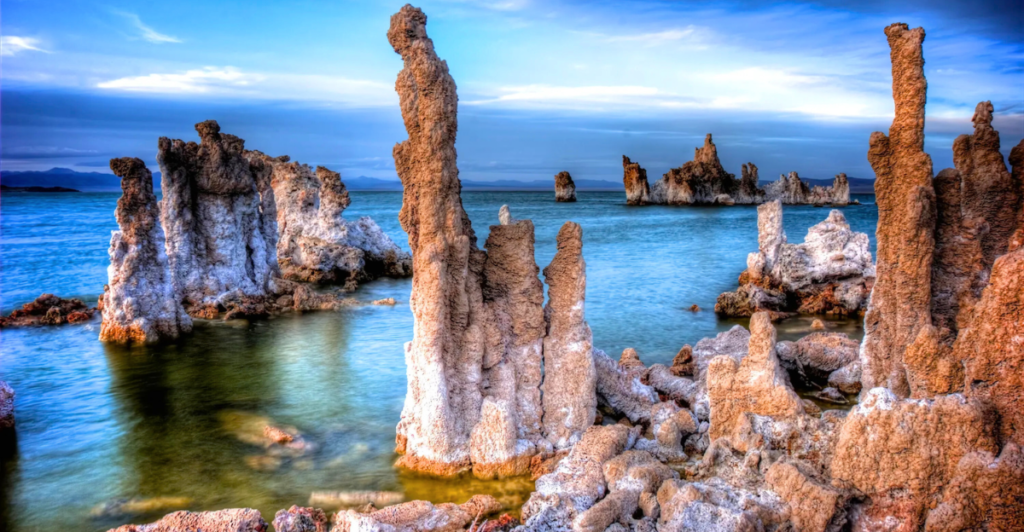
In the depths of Earth’s ancient history and its volcanic activity, life emerged in conditions drastically different from today, which resulted in a dynamic and hostile environment. However, recent research suggests that there is an intriguing link between volcanic forces and the onset of marine and other life. Let’s take a look at the pivotal role volcanic activity may have played in fueling early sea life, transforming the conditions necessary for life to evolve.
Understanding Early Earth

More than 2.5 billion years ago, Earth was mostly covered in oceans, had no oxygen in its atmosphere, and likely very few oxygen-breathing organisms. However, roughly 2.4 billion years ago, Earth’s atmosphere became permanently oxygen-rich after an explosion of lifeforms that photosynthesize, transforming carbon dioxide and water into oxygen. This is known as the Great Oxidation Event (GOE). Studies from rocks in Australia led scientists to believe that this explosion of oxygen into the Earth’s atmosphere stemmed from volcanic eruptions.
Volcanic Lightning and Life Formation

There is a theory that scientists have been trying to prove since the 1950s that volcanic lightning plays a role in the formation of life. Volcanic eruptions could have generated massive electrical discharges, such as lightning bolts, which “charged life into existence” by forming organic compounds, such as amino acids. This process might have been integral to the spark of life in Earth’s oceans, suggesting that volcanic activity was a key catalyst for the emergence of complex molecules.
The Role of Pumice

In addition to lightning, volcanic eruptions produced pumice—light, porous rock that can float on the ocean’s surface. Pumice rafts, formed after explosive eruptions, could transport organic compounds across the ocean. These tiny islands of rock provided both a physical surface and a rich nutrient source, promoting the growth of early life. Studies of modern eruptions show that pumice rafts continue to play a role in marine ecosystems.
Fossilized Rocks as Geological Evidence
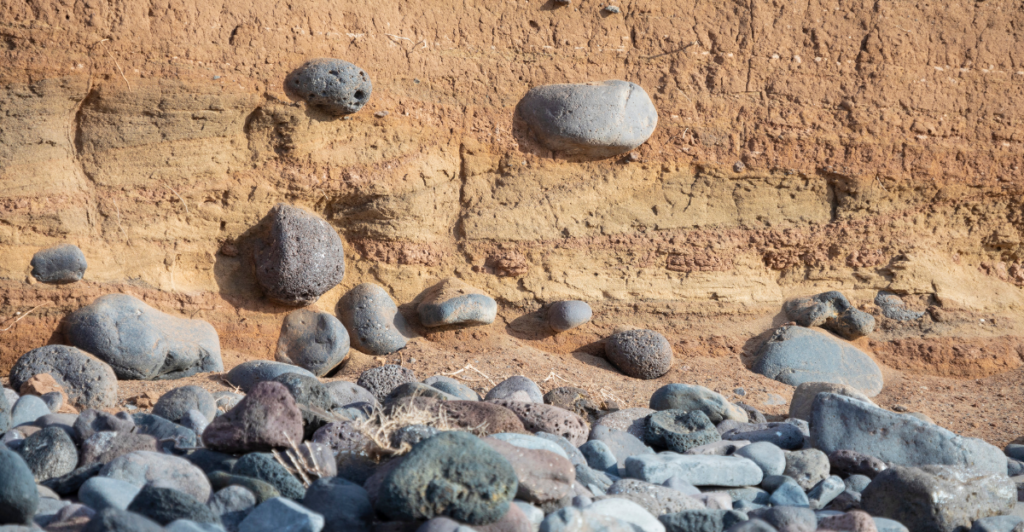
Billions of years later, geological evidence from ancient, fossilized rocks offers vital clues. These rocks, specifically from volcanic regions, have been analyzed and show the presence of nutrient-cycling processes closely associated with early marine life. These findings suggest that volcanic environments, with their high temperatures and rich chemical makeup, were potential incubators for early life forms in the oceans.
The Role of Underwater Volcanoes

Underwater volcanic activity could have been particularly significant in the development of life. In places where magma rose through the ocean floor, intense heat and mineral-rich fluids were introduced into the seawater, creating a perfect environment for marine life to emerge. For example, volcanic rock weathering released phosphorus into rivers, which fertilized coastal areas and stimulated the growth of oxygen-producing bacteria. Similar conditions today, such as those around hydrothermal vents, support complex ecosystems, offering further insight into how life may have begun.
Volcanic Gases as Nutrient Sources

The availability of nutrients from volcanic activity may have driven evolutionary innovations in early marine life. In the absence of oxygen, life would have relied on chemical reactions with these gases to generate energy. The rich diversity of volcanic gases could have provided the necessary ingredients for primitive microorganisms to thrive, ultimately leading to the development of more complex organisms. For example, increased nitrogen and phosphorus could have led to the development of more complex organisms as they adapted to exploit these resources.
How Volcanic Activity Changed the Climate
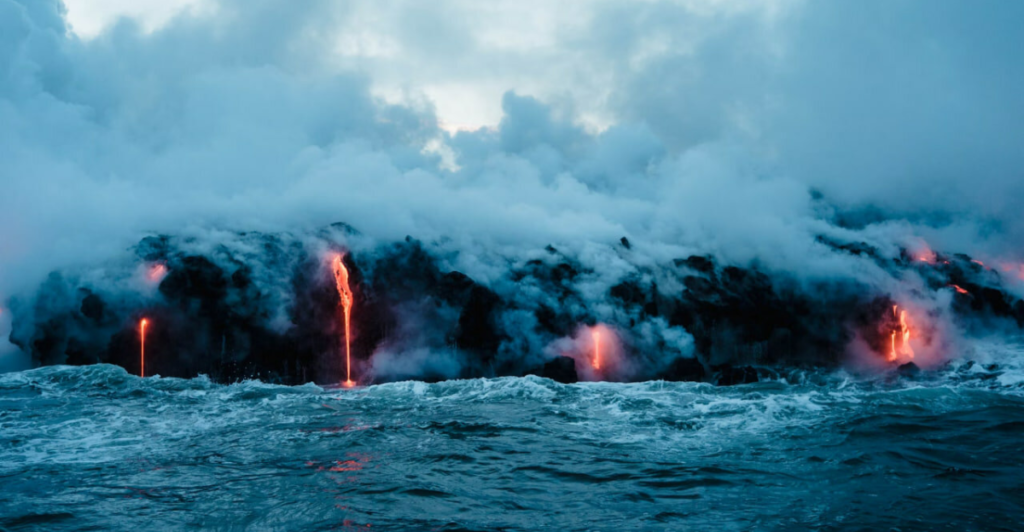
The link between volcanic activity and early sea life is not limited to the ocean’s chemical composition alone. Volcanic eruptions informed the climate as well, which directly impacted the development of marine life. Volcanic gases would have increased the planet’s temperature, altering atmospheric conditions, and marine life would have had to adapt to this changing environment. Therefore, volcanic-driven climate shifts may have shaped the trajectory of early marine ecosystems.
Evidence from Modern Volcanoes
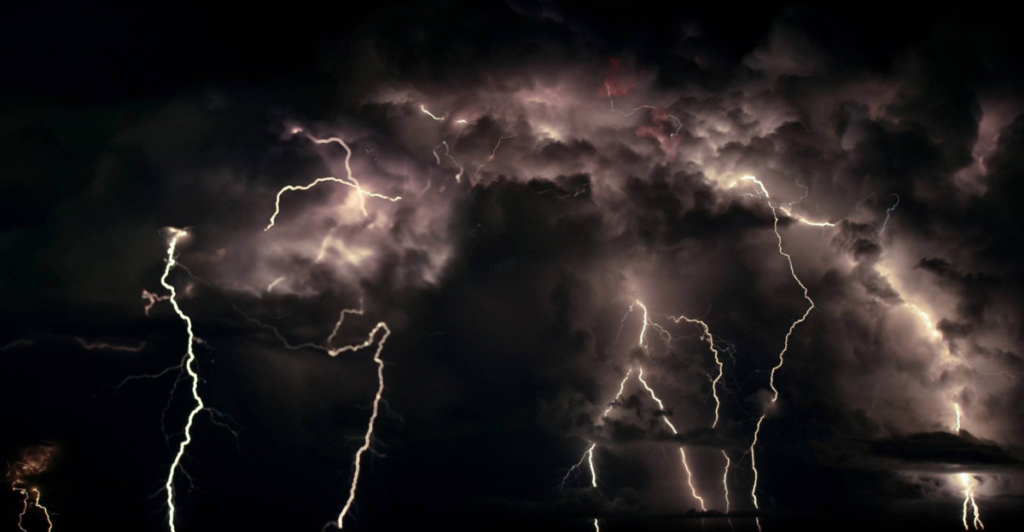
Modern volcanic eruptions, such as the 2022 Hunga Tonga–Hunga Haʻapai eruption, provide valuable insight into the environmental conditions that may have existed billions of years ago. Observations of underwater volcanic eruptions today, including the lightning strikes and chemical processes they trigger, give scientists clues about how similar events could have facilitated the origins of life.
Hydrothermal Vent Systems as Cradles of Life
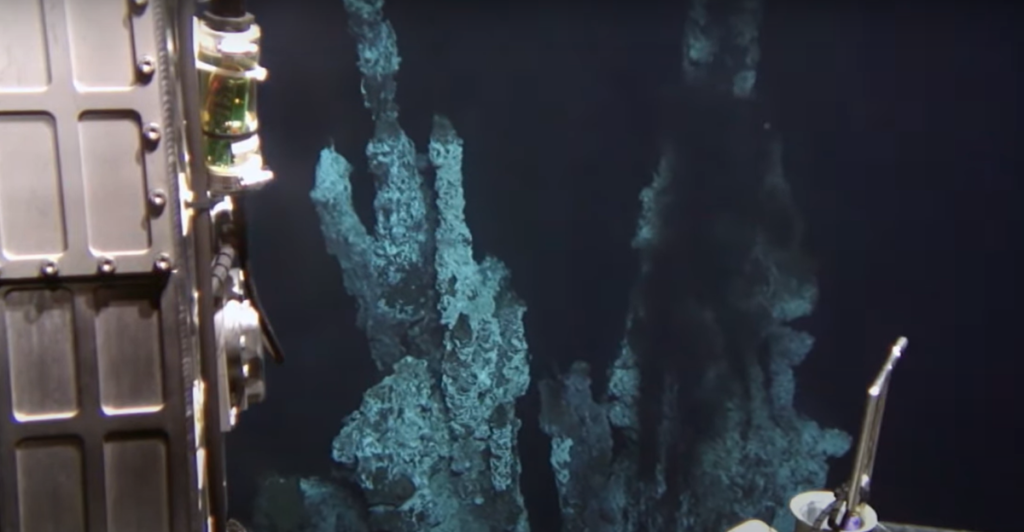
Hydrothermal vents, often associated with volcanic activity, are rich in minerals and provide a unique habitat for organisms that thrive in high-temperature environments. Similar conditions could have existed in early Earth’s oceans, giving scientists more information about the past. For example, studying the abundant lifeforms around the underwater volcano near Guam can offer insights into how life might have originated under such extreme conditions based on the ecosystems thriving currently there and further linking volcanic activity to the emergence of complex life forms.
Changing the Oxygenation Event Narrative
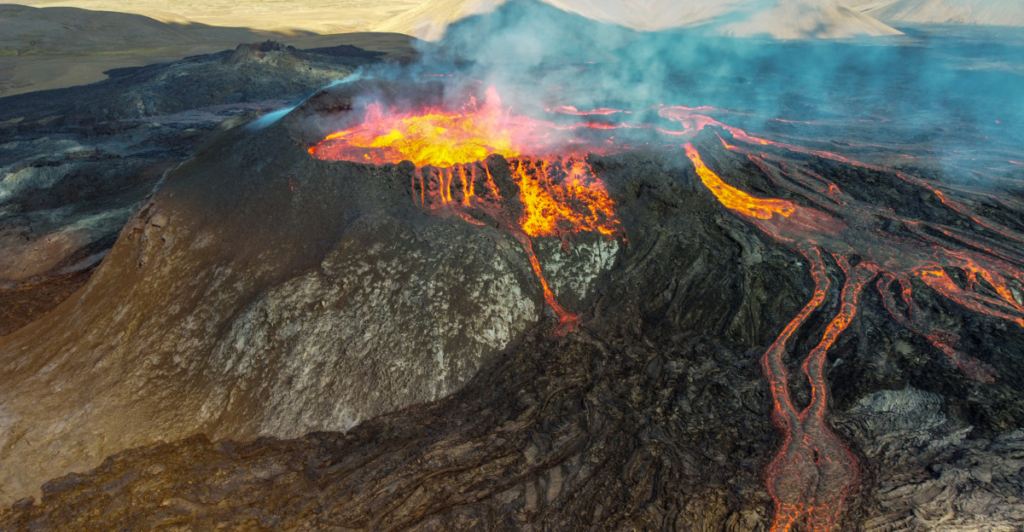
Historically, the GOE of roughly 2.5 and 2.3 billion years ago has been attributed to the evolution of photosynthetic organisms resulting in the first significant rise in atmospheric oxygen. However, recent studies, such as the ones conducted on the stromatolites found in Zimbabwe, propose that volcanic activity contributed significantly to nitrogen cycling before the GOE, providing essential nutrients that supported microbial life long before atmospheric oxygen levels rose. These latest studies challenge the idea that biological processes alone were responsible for early atmospheric changes.
The Zimbabwe Stromatolites
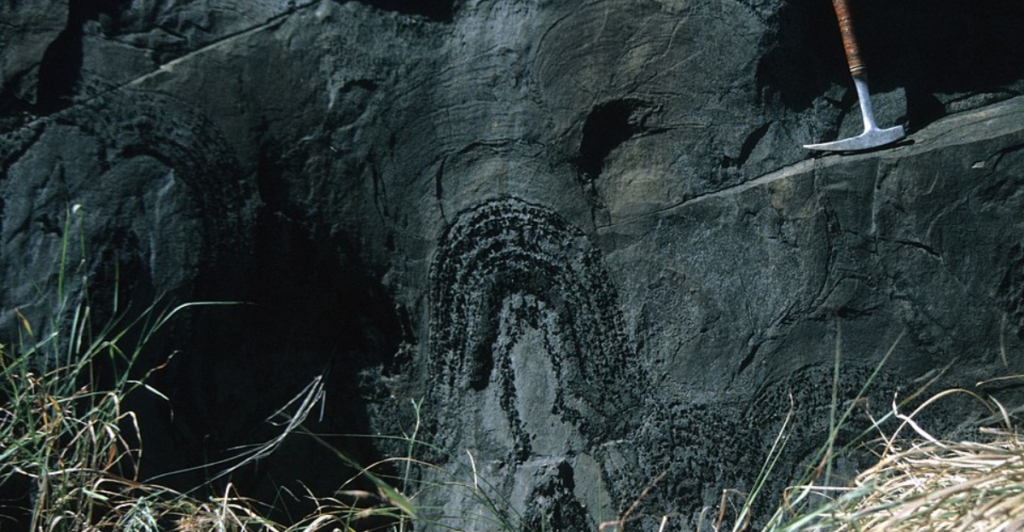
Early this year, a study published in Nature Communications analyzed ancient stromatolites found in Zimbabwe and revealed strong links between volcanic activity and nitrogen cycling. The study suggests that ammonium (nitrogen in its reduced form) accumulation in deep waters due to volcanic emissions, which then rose to the water’s surface, fueled early microbial ecosystems. The study showcases how localized geological events can have far-reaching implications for biological evolution.
The Volcanic Legacy of Life
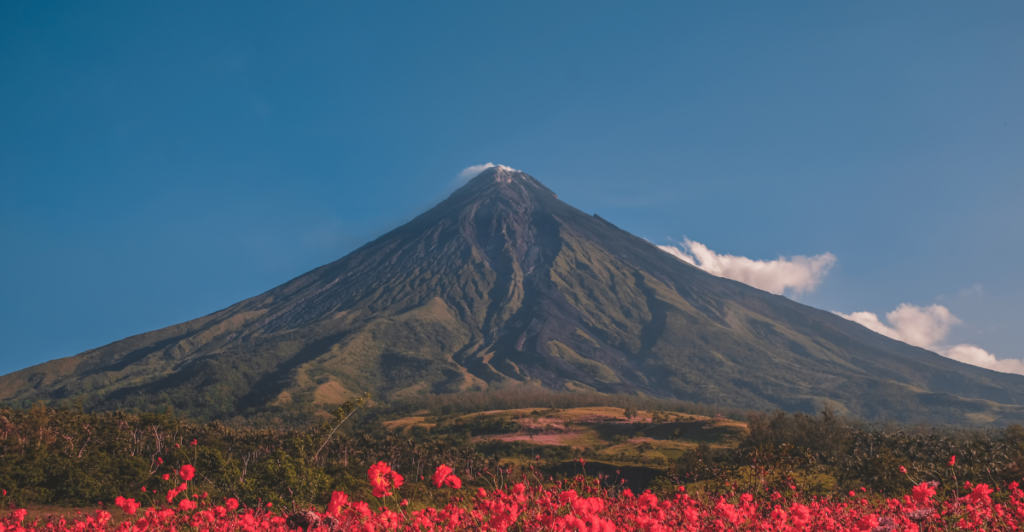
The connection between volcanic activity and the origins of life on Earth is still a topic of ongoing research and debate, but the evidence is thus far rather compelling. By creating the needed chemical conditions, generating electrical energy, and providing floating habitats, volcanoes played a pivotal role in sparking early marine life. As we continue to unravel the mysteries of Earth’s early history, volcanic activity stands out as one of the most significant drivers of the planet’s biological evolution.
Explore more of our trending stories and hit Follow to keep them coming to your feed!

Don’t miss out on more stories like this! Hit the Follow button at the top of this article to stay updated with the latest news. Share your thoughts in the comments—we’d love to hear from you!







